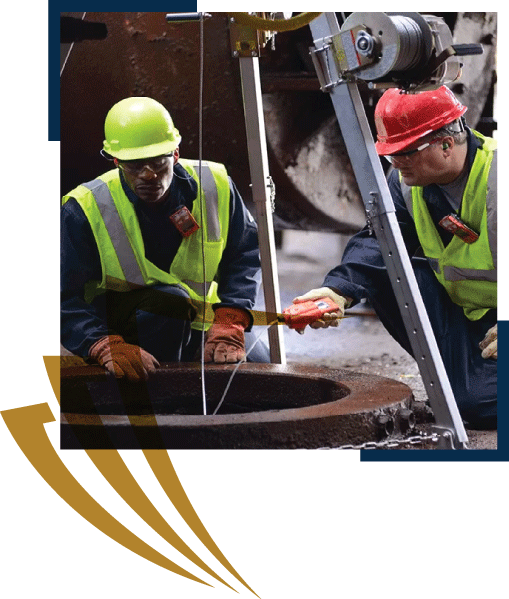
Training shall consist of a combination of formal instruction (e.g., lecture, discussion, interactive, video, written material), practical training (demonstrations performed by the trainer and practical exercises performed by trainee) and evaluation of the candidates performance at the work site. Each candidate will undergo a theory assessment test and a Practical Gas Testing Assessment for successfully completion of the course.
Completed checklists in addition to completed multiple-choice questions would be assessed to verify competence.
By the end of this course participants should be able to:
The course is aimed at personnel performing or supervising excavation activities
The course will cover the following topics: